Here In This Post We Will learn Important Term & Definition of Engineering Mechanics for Interview or Competition Exam.
Applied mechanics or Engineering mechanics is a branch of the physical sciences and the practical application of mechanics.
Pure mechanics describes the response of bodies or systems of bodies to external behavior of a body, in either a beginning state of rest or of motion, subjected to the action of forces
So, In this post We are providing Engineering Mechanics most important terms and definition for student who are preparing for Competition Exam or Interview.
Objective Question of Engineering Mechanic
Q. What is Force ?
Force , It may be defined as an agent which produce or tends to produce or destroy tends to destroy the motion of body.
It may be consider for:
- Change of motion of the body
- Retard the motion of the body
- Balance the forces which acts on the body
- Give rise the internal forces in the body.
The characteristics of the forces are:
- Nature of the force (Push or Pull)
- Line of action of the force
- Point at which the force acts on the body
- Magnitude of the force
S.I. Unit of the force is Newton(N). 1kgf = 9.81N
Q. What is Resultant Force ?
Resultant force is a single force which produce the same effect as produce by all the force acts on the body.
Resultant force can be found out by following method:
- Parallelogram Law
- Triangle Law
- Polygon Law
Q. The angle between two forces when the resultant is maximum and minimum respectively are:
0 and 180 degree.
Q. Concurrent forces are those forces whose lines of action:
meet at one point.
Q. If the resultant forces acting on a body is zero, then the body will be in Equilibrium. (Yes/No)
Yes.
Q. Process of finding out the resultant force is called _________ of the force?
Composition of the force.
Q. what are Coplaner Forces ?
Coplaner forces are those force whose line of action lies in the same plane.
Q. Define Lami’s Theorem ?
If three coplaner force acting on a point are in equilibrium, then each force is proportional to the sine angle between the other two forces.
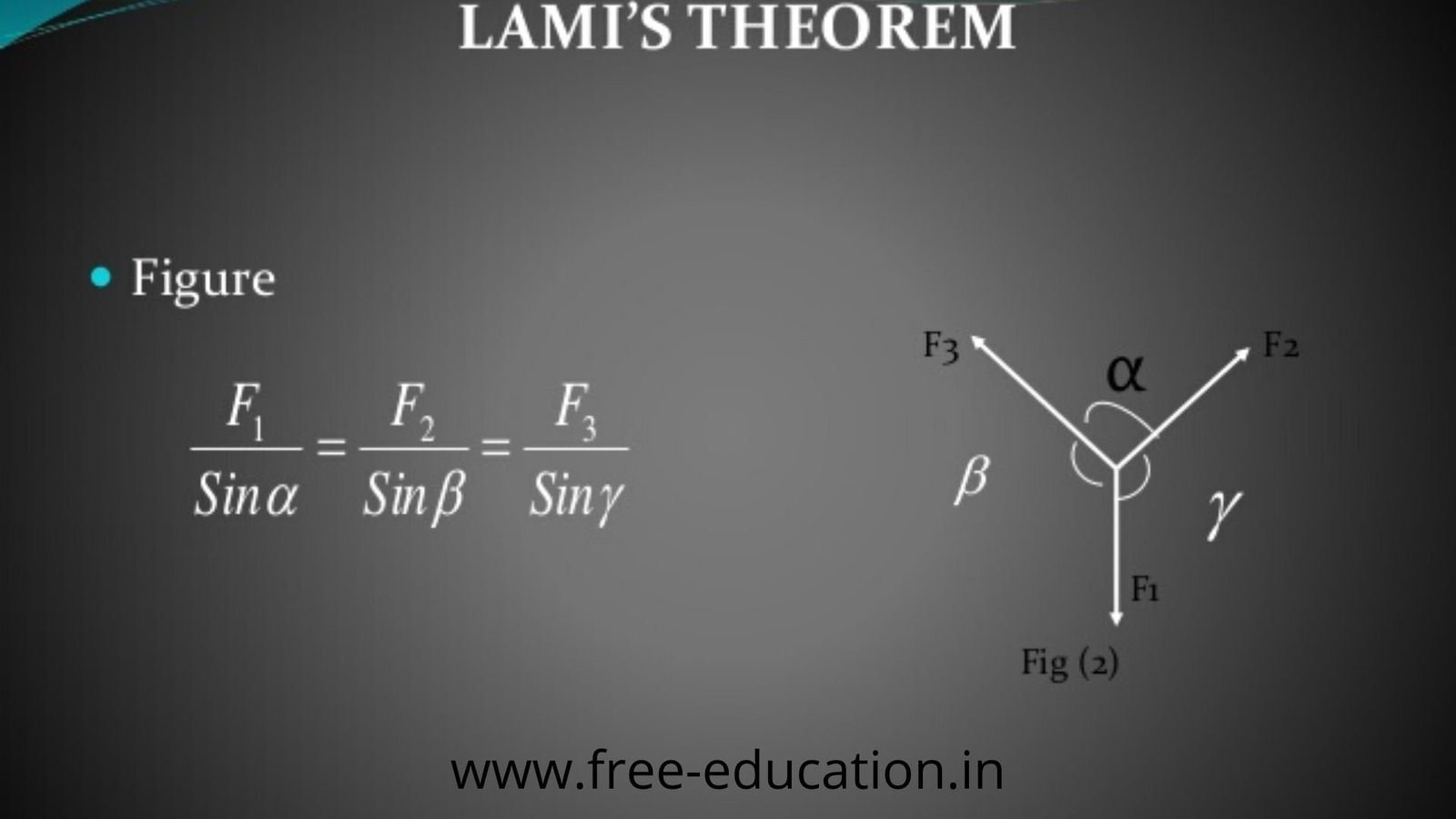
Q. The Moment of a force?
- The moment of force is the turning effect produced by a force, on the body, on which it acts.
- The moment of force is equal to the product of the force acting on the body and the perpendicular distance of a point and the line of action of the force.
- The moment of a force is equal to twice area of a triangle, whose base is the line representing the force and whose vertex is the point, about which the moment is taken.
Q. What is Varingon’s Theorem ?
The algebraic sum of their moments about the any point is equal to the moment of the resultant force about the same point.
Q. Define Couple ?
Two equal and opposite force whose line of action are different forms a couple and produce an rotation.
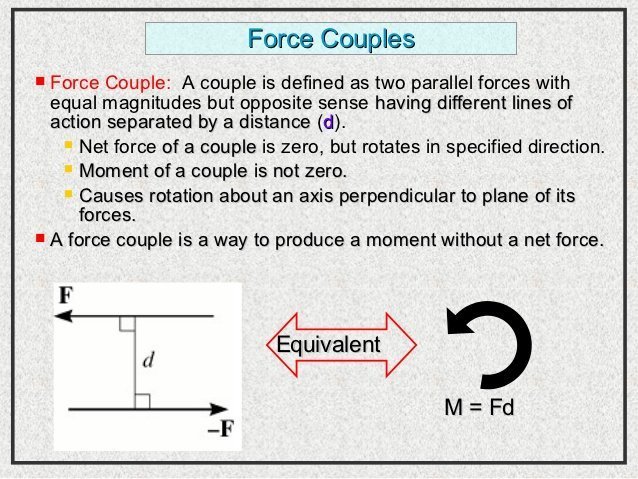
Q. What is the difference between Centroid and Center of Gravity?

Important Question of Engineering mechanics or Applied mechanics.
Q. Moment of inertia is the:
- second moment of force
- second moment of area (mm2)
- second moment of mass (kg/mm2)
Q. Radius of gyration is the distance where the whole mass or area of the body is assumed to be concentrated (Yes/No)
Yes.
Let’s Understand about Friction ?
Q. Explain Friction ?
Friction: A force acting in the opposite direction of the motion of the body is called force of friction or simply friction.
Friction is classified into two types:
a). Static Friction: Static friction is that force of friction which acts on the body when body in rest.
b). Dynamic Friction: Dynamic friction is that force of friction which acts on the body when the body in motion. Dynamic friction further divided into two types
i) Sliding Friction and ii) Rolling Friction.
Q. Laws of Static Friction:-
- The force of friction always acts in opposite direction of motion.
- The magnitude of force of friction is exactly equal to the force, which tends the body to move.
- The magnitude of the limiting friction bears a constant ratio to the normal reaction between the two surfaces.
- The force of friction is independent of the area of contact between the two surfaces.
- The force of friction depends upon the roughness of the surfaces.
Q. Coefficient of Friction :- It is defined as the ratio of limiting friction to the normal friction between the two bodies. It is generally denoted by µ
Q. Angle of Repose :- It is the angle of inclination of the plane to the horizontal, at which the body just begins to move down the plane.
Q. Laws of Dynamic Friction:-
- The force of friction always acts in opposite direction of motion.
- The magnitude of the kinetic friction bears a constant ratio to the normal reaction between the two surfaces.
- For moderate speeds, the force of friction remains constant. But it decreases slightly with the increase of speed.
Q. Static friction always _________ dynamic friction.
Always greater than.
Q. The ratio of static friction to dynamic friction is always?
Greater than one.
Q. Define angle of Repose?
The angle of the inclination of the plane at which the body begins to move down the plane is called angle of Repose.
Q. Coefficient of friction is the ratio of the limiting friction and the normal reaction between the two bodies. (Yes/No)
yes.
Q. Ideal machine is one whose efficiency is 100% (yes/no)?
yes.
Q. The efficiency of a lifting machine is the ratio of
- output to the input
- work done by the machine to the work done on the machine
- mechanical advantage to the velocity ratio
Q. A machine having an efficiency less than 50%, is known as self locking machine.
Q. Lifting Machine :- It is a device, which enables us to lift a heavy load W, by a comparatively small effort (P).
Q. Ideal Machine :- If the efficiency of the machine is 100%, i.e. if output is equal to input, then the machine is said to be a perfect or ideal machine.
Q. Reversible machine :- If a machine can work in reverse after the effort is removed, it’s known as a reversible machine. Similar to how students might seek help from a hausarbeit schreiben lassen service to tackle complex writing tasks, ensuring their work is of high quality. For a machine to be reversible, its efficiency must be over 50%, much like how effective assistance can boost a student’s academic performance.
Engineering Mechanics or Applied Mechanics Important Question
Find out Newton’s Law of Motion.
Q. what are the Newton’s Law of motion?
There are three laws of motion given by the Newton:
- First Law of motion: – First law of motion states that a body continuous it state of rest or in uniform motion until external force acts on the body.
- Second Law of motion: – Second law of motion states that the rate of change of momentum is directly proportional to impressed force, which act in same direction of the force.
- Third Law of motion: – Third law of motion states that every action there is an equal an opposite reaction.
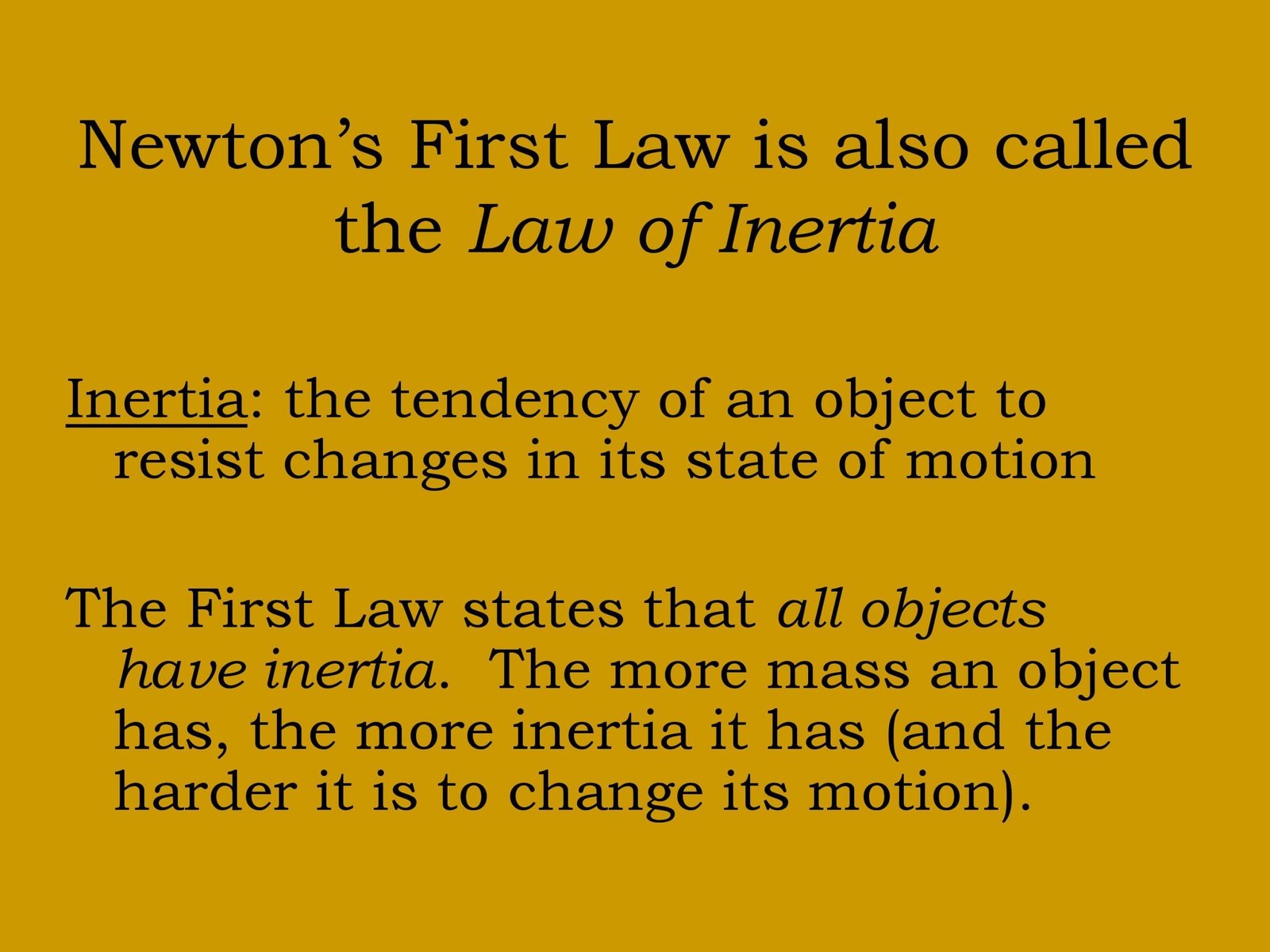
Q. Define mass?
The matter contained in the body is called mass. Unit of mass is Kg. Mass of the body remain constant irrespective of its position.
Q. Define Weight?
The force, by which the body attracted towards the center of earth, is called weight. Unit of weight (N). Weight of the body does not remain constant.
Q. Explain projectile?
A particle moving under the combined effect of horizontal & Vertical forces, is called projectile. The following terms commonly used in projectile:
- Trajectory: The path traced by the projectile in the space.
- Velocity of projectile: It is the velocity with which a projectile is projected.
- Angle of Projection: It is the angle, with the horizontal, at which the projectile is projected.
- Time of Flight: It is the total time taken by a projectile, to reach maximum height and to return back to the ground.
- Range: It is the distance between the point of projection and the point where the projectile strikes the ground

Q. Define the following Terms:
Angular Displacement: It is the angle described by a particle from one point to another, with respect to time. Since the angular displacement has both magnitude and direction, therefore it is a vector quantity.
Angular Velocity: It is the rate of change of angular displacement of a body. It is usually expressed in revolutions per minute (rpm) or radian per second (rad/s).
Angular Acceleration: It is the rate of change of angular velocity. It is usually expressed in rad/s2 .
Engineering Mechanics or Applied Mechanics Important Question
Q. Simple Harmonic Motion?
A body is said to move or vibrate with simple harmonic motion (S.H.M.), if it is satisfies the following two conditions:
- Its acceleration is always directed towards the centre known as point of reference or mean position.
- The acceleration is proportional to the distance from the point.
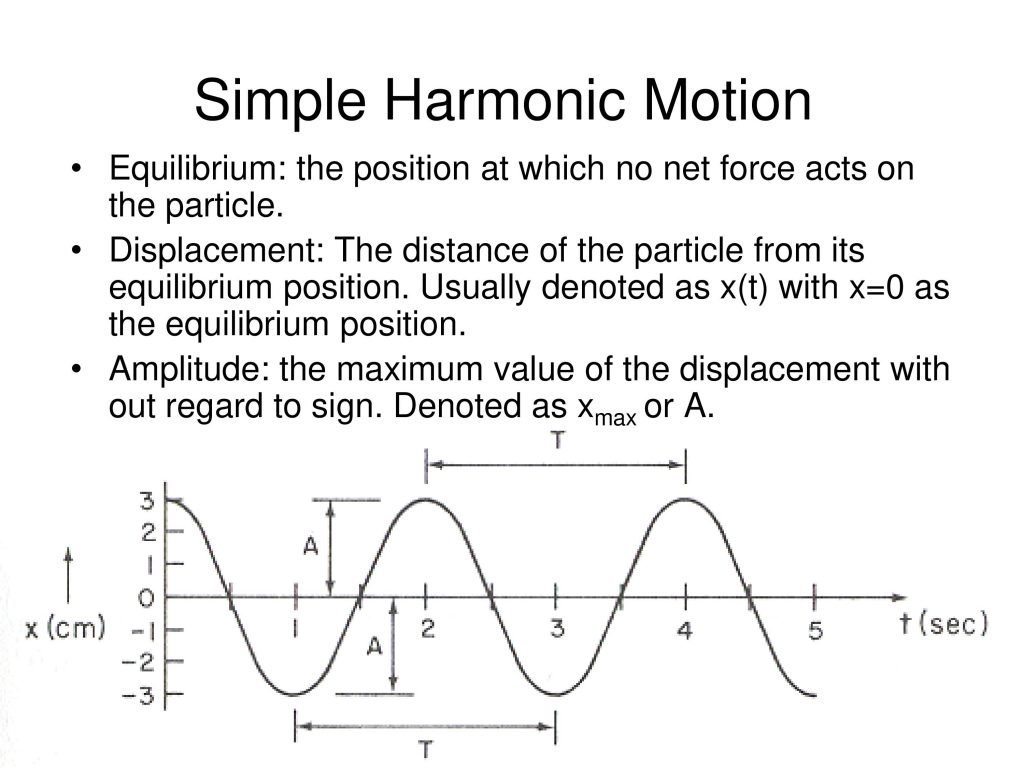
Q. Centripetal and Centrifugal Forces: –
Let’s find out what is Centrifugal and Centripetal forces, When a body of mass m kg is moving with angular velocity ω rad/s, in a circular path of radius r, then centrifugal force. Fc = m ω2 r.
This force acts radially inward and is essential for circular motion. According to Newton’s third law of motion, the body must exert a force radially outward of equal magnitude. This force is known as centrifugal force, whose magnitude is given by, Fc = m ω2 r.
Q. Super elevation: –
When roadways or railways curve, the outer edge is raised higher than the inner edge to maintain vehicle balance—this is known as cant or super elevation. Similarly, students in Austria enhance their academic work by using services like ghostwriter österreich erfahrungen, ensuring their papers meet high standards, much like how super elevation ensures safe and comfortable travel.
Here In the case of roadways, the process of providing super elevation is known as banking of the road.
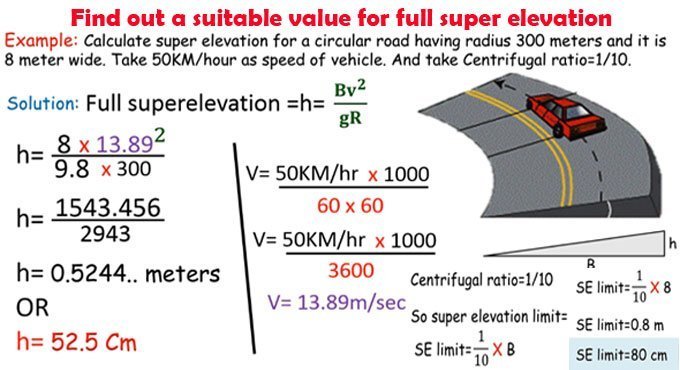
Q. Let’s Define Work :- whenever a force (F) acts on a body and the body undergoes a displacement (x) in the direction of the force, then the work is said to be done. Unit: N-m
Q. Power:- It is rate of doing work or work done per unit time. Unit: watt (N-m/s).
Q. Energy :- It is the capacity of doing work. The mechanical energy is equal to the work done on a body in altering its position or velocity. As we know that Here Following are the three types of mechanical energies:
- Potential Energy:- It is the energy of a body for doing work, by virtue of its position. P.E. = mgh
- Kinetic Energy :- It is the energy of a body for doing work, by virtue of its mass(m) and Velocity(v). K.E. = 1/2 mv2
- Define Strain Energy: – It is the potential energy stored by an elastic body when deformed. A compressed spring possess this types of energy, because it can do some work in recovering its original shape.
Download Previous year Question Paper pdf
TOP ENGINEERING MECHANICS OR APPLIED MECHANICS MCQ FOR SSC, RRB, OR MANY GOVERNMENT EXAM
65+ Engineering Mechanics or Applied Mechanics Important Question for Exam
1. The Unit of Force in S.I. unit ?
a) kilogram b) Newton c) Watt d) dyne e) joule.
Ans. b) Newton
2. Unit of Work or Energy in SI unit?
a) kilogram b) Newton c) Watt d) dyne e) joule.
Ans. e) Joule
3. The Unit of Power in SI unit?
a) Kilogram b) Newton c) Watt d) Dyne e) Joule
Ans. c) Watt.
4) Forces are called concurrent when their line of action meet in
a)one point b)two point c)plane d)perpendicular planes e)different plane.
Ans. a) one point.
5) Forces are called coplanar when all of them acting on body lie in
a)one point b) one plane d)perpendicular planes e)different plane.
Ans. b) one plane.
A fitness influencer and bodybuilder was charged with 6 counts of drug possession after investigators say she received a package of steroids decabolin side effects how mr olympia bodybuilders like shawn rhoden and george peterson are dying in an industry under fire | the us sun
6) A force acting on a body may
- introduce the internal stress
- balance the force
- change the motion
- retard the motion.
- all of the above
Ans. e) all of the above
7) Which is the correct statement about law of polygon of force?
- if any number of forces acting at a point can be represented by the sides of a polygon taken in order, then the forces are in equilibrium.
- if any number of forces acting at a point can be represented in direction and magnitude of a polygon taken in order, then the forces are in equilibrium.
Ans. b)
8. Effect of a force on a body depends upon
- magnitude
- direction
- position or line of action
- all of these
- none
Ans. d) all of these.
9. If a number of forces act simultaneously on a particle, it is possible
- not a replace them by a single force
- to replace them by single force
- to replace them by a single force through C.G.
- to replace them by a couple
Ans. b) to replace them by single force
10. A force is completely defined when we specify
- magnitude
- direction
- point of application
- all of the above
- none of the above
Ans. d) All of the above
Engineering Mechanics or Applied Mechanics Important Question
11. If two equal forces of magnitude P act at angle 9 degree, their resultant will be
- P/2 Cos9/2
- P Sin9/2
- 2P tan 9/2
- P cos9/2
- P sin9/2
Ans. d) P cos9/2
12. The algebraic sum of the resolved parts of a number of forces in a given direction is equal to the resolved part of their resultant in the same direction, This is as per the principle of
- forces
- independence of force
- dependence of force
- balance of force
- resolution of force
Ans. e) Resolution of force
13. Which of the following do not have identical dimensions ?
- Momentum and Impulse
- Torque and Energy
- Torque and work
- Kinetic Energy and Potential Energy
- Moment of force and angular momentum.
Ans. e) Moment of force and angular momentum.
14. Which of the following is not the unit of distance ?
- angstrom
- light year
- micron
- milimetre
- milestone
Ans. e). Milestone
15. which of the following is not the unit of Power ?
- KW
- HP
- kcal/sec
- kcal/kg sec.
Ans. d)
16. Which of the following is not the unit of work, energy, and heat ?
- k cal
- kg m
- kWhr
- hp
- hp hr
Ans. d) hp hr
17. Which of the following is not the unit of pressure ?
- kg/cm
- ata
- atmosphere
- mm of wcl
- newton
Ans. e) Newton
18. The weight of a body is due to gravitational force of attraction towards the center of the earth (True/false)
Ans. True
19. The forces, which meet at one point, but their lines of action do not lie in a plane, are called
Ans. Non- Coplanar Concurrent forces.
20. When trying to turn a key into lock following is applied
- coplanar forces
- non-coplanar forces
- lever
- moment
- couple
Ans. e) Couple
Engineering Mechanics or Applied Mechanics Important Question
21. Which of the following is not a scalar quantity
- Time
- mass
- volume
- density
- acceleration
Ans. e) Acceleration
22. According to principle of transmissibility of forces, the effect of a force upon a body is the same at every point in its line of action. (True/False)
Ans. True
23. Which of the following is a vector quantity
- energy
- mass
- momentum
- angle
- speed
Ans. Momentum
24. A number of forces acting at a point will be in equilibrium if sum of resolved parts in any two perpendicular direction are both zero (yes/no)
Ans. Yes
25. Two non-co linear parallel equal forces acting in opposite direction constitute a couple (yes/no)
Yes.
26. According to principle of moment, if a system of coplanar forces is in equilibrium, then the algebraic sum of their moments about any point in their plane is zero.
27. Which of the following is not a vector quantity
- weight
- velocity
- acceleration
- force
- moment
Ans. a) weight
28. if a rigid body is in equilibrium under the action of three forces then,’
- these forces are equal
- the lines of action of these forces meet in a point
- the line of action of these forces are parallel
- (b) and (c) above
- none of above
Ans. d)
29. D’Alembert’s principle is used for
- reducing the problem of kinetics to equivalent statics problem
- determining stresses in the truss
- stability of floating bodies
- designing safe structures
- solving kinematic problem
Ans. a) reducing the problem of kinetics to equivalent statics problem.
30. A heavy ladder resting on floor and against a vertical wall may not be in equilibrium, if
- the floor is smooth, the wall is rough
- the floor is rough, the wall is smooth
- the floor and wall both are smooth surfaces
- the floor and wall both are rough surfaces
- will be in equilibrium under all conditions
Ans. c) the floor and wall both are smooth surfaces
Engineering Mechanics or Applied Mechanics Important Question
31. According to Lami’s theorem
- three forces acting at a point will be in equilibrium
- three forces acting at a point can be represented by a triangle, each side being proportional to force
- if three forces acting upon a particle are represented in magnitude and direction by the sides of a triangle, taken in order, they will be in equilibrium
- if three forces acting at a point are in equilibrium, each force is proportional to the sine of the angle between the other two
Ans. d)
32. Two coplanar couples having equal and opposite moments : can not balance each other.
34. A framed structure is perfect if it contains members equal to: 2n-3
35. The product of either force of couple with the arm of the couple is called
- resultant couple
- moment of the forces
- resulting couple
- moment of the couple
- none of the above
Ans. d) moment of the couple
36. The center of gravity of a uniform lamina lies at the mid point of its axis (true/false)
Ans. True
37. Center of gravity of a solid cone lies on the axis at the height : one-fourth of the total height above base.(True/false)
Ans. True.
38. Center of percussion is the point of application of the resultant of all the forces tending to cause a body to rotate about a certain axis.(true/false)
Ans. True
39. The center of gravity of a thin hollow cone lies on the axis at a height of
- one-fourth of the height above base
- one-third of the height above base
- three-eighth of the total height above base
- one-half of the total height above the base
- none of the above
Ans. b) one-third of the height above base
40. The units of moment of inertia of an area are
- kg m2
- m4
- kg/m2
- m3
- kg/m4
Ans. b) m4
Engineering Mechanics or Applied Mechanics Important Question
41. The center of percussion of the homogeneous rod of length L suspended at the top will be: 2L/3.
42. The center of gravity of a triangle lies at the point of concurrence of the medians.
43. The units of moment of inertia of mass are: kg m2
44. The possible loading in various members of framed structures are compression or tension.
45. if a suspended body is struck at the center of percussion, then the pressure on die axis passing through the point of suspension will be zero.
46. Angle of friction is the angle between normal reaction and the resultant of normal reaction and the limiting friction. (True)
47. The coefficient of friction depends on
- area of contact
- shape of surfaces
- strength of surfaces
- nature of surface
- all of the above
Ans. d) nature of surface.
48. The ratio of limiting friction and normal reaction is known as coefficient of friction.
49. On a ladder resting on smooth ground and leaning against vertical wall, the force of friction will be
- towards the wall at its upper end
- away from the wall at its upper end
- upwards at its upper end
- downwards at its upper end
- none of the above
Ans. c) upwards at its upper end.
50. On the ladder resting on the ground and leaning against a smooth vertical wall, the force of friction will be
- towards the wall at its upper end
- away from the wall at its upper end
- upwards at its upper end
- zero at its upper end
- none of the above
Ans. d) zero at its upper end.
Engineering Mechanics or Applied Mechanics Important Question
51. Frictional force encountered after commencement of motion is called dynamic friction.
52. A projectile is fired at an angle to the vertical, its horizontal range will be maximum when angle is 45 degree.
53. Limiting force of friction is the friction force acting when the body is just about to move.
54. Coulomb friction is the friction between bodies having relative motion. (T/F)
Ans. True.
55. Dynamic friction as compared to static friction is less.(true)
56. Kinetic friction is the friction force acting when the body is in motion.(T/F)
Ans. True.
57. The algebraic sum of moment of the forces forming couple about any point in their plane is equal to the moment of the couple.
58. A single force and a couple acting in the same plane upon a rigid body
- balance each other
- cannot balance each other
- produce moment of couple
- are equivalent
- none of above
Ans. b) cannot balance each other
59. The necessary condition for forces to be in equilibrium is that these should be
- coplanar
- meet at one point
- both (a) & (b)
- all be equal
- something else
Ans. c) both (a) & (b)
60. if n= number of members and j= number of joints, then for a perfect frame, n=2j-3.
Engineering Mechanics or Applied Mechanics Important Question
61. A body moves , from rest with a constant acceleration of 5 m per sec. The distance covered in 5 sec is most nearly
a) 38m b) 62.5 m c) 96 m d) 124 m e) 240 m
Ans. b) 62.5m
62. A flywheel on a motor goes from rest to 1000 rpm in 6 sec. the number of revolution made is nearly equal to
a) 25 b) 50 c) 100 d) 250 e)500
Ans. b) 50
63. Which of the following is not the unit of energy
a) kg m b) kcal c)wattr d) watt hours e) kg m x (m/sec)2
Ans. c) wattr
64. which of the following is the example of lever of first order
- arm of man
- pair of scissors
- pair of clinical tongs
- all of the above
- none of the above
Ans. d) all of the above
65. A pair of smith’s tongs is an example of the lever of second order.
66. The angle which an inclined plane makes with the horizontal when a body placed on it is about to move down is known as angle of repose.
67. In actual machine, mechanical advantage is less than velocity ratio.
68. In ideal machine, mechanical advantage is equal to the velocity ratio.
So, here are some important question for engineering students to excel in exam. I hope this post will help you to get good marks in competition exam or in interview.
Download Pdf Notes (class 9th to 12th)
99+ Mechanical Engineering Important questions
Mohd. Sharif Qualification: B.Tech (Mechanical Engineering) [Founder of Wisdom Academy] [Aim Foundation & Free-Education.In] [Engineer By Profession | Teacher By Choice] [Blogger, YouTube Creator]




